
Table of Contents
- The Game-Changing Science of Meal Timing for Athletes
- Your Gut Bacteria Are Your Secret Performance Partners
- How Your Brain Actually Controls Athletic Performance Through Food
- Training Your Body for Extreme Environments Through Strategic Eating
- Final Thoughts
TL;DR
- Your body processes nutrients completely differently throughout the day – timing your meals can boost performance by 40% or more
- Your gut bacteria act like a metabolic organ that you can train just like your muscles to enhance nutrient absorption
- Mental fatigue limits athletic performance more than muscle fatigue, and strategic nutrition can delay brain exhaustion
- Environmental conditions require specific nutritional adaptations that most athletes completely ignore
- Female athletes need entirely different meal timing strategies based on hormonal cycles
- The order you eat foods within a single meal dramatically affects nutrient absorption and bacterial feeding
The Game-Changing Science of Meal Timing for Athletes
Like most athletes, I thought nailing my macros was the holy grail of sports nutrition. I’d obsess over hitting my protein targets and carb counts, thinking that was the secret sauce to peak performance. But after digging deeper into the research, I realized I was completely missing something way more important – and honestly, way simpler.
Your body operates on an internal clock that creates specific windows where nutrients become exponentially more effective. This discovery has completely flipped my approach to my athlete meal plan upside down. I used to crash hard around 3 PM, no matter how much coffee I drank. Now I understand why – I was fighting against my body’s natural rhythms instead of working with them.
Most athletes require massive energy inputs – males need 2,400-3,000 kcal per day while females require 2,200-2,700 kcal per day according to UW Health research. With these substantial caloric needs, precise timing becomes even more critical for maximizing every single calorie you consume. When you’re eating that much food, you better make sure it’s working for you, not against you.
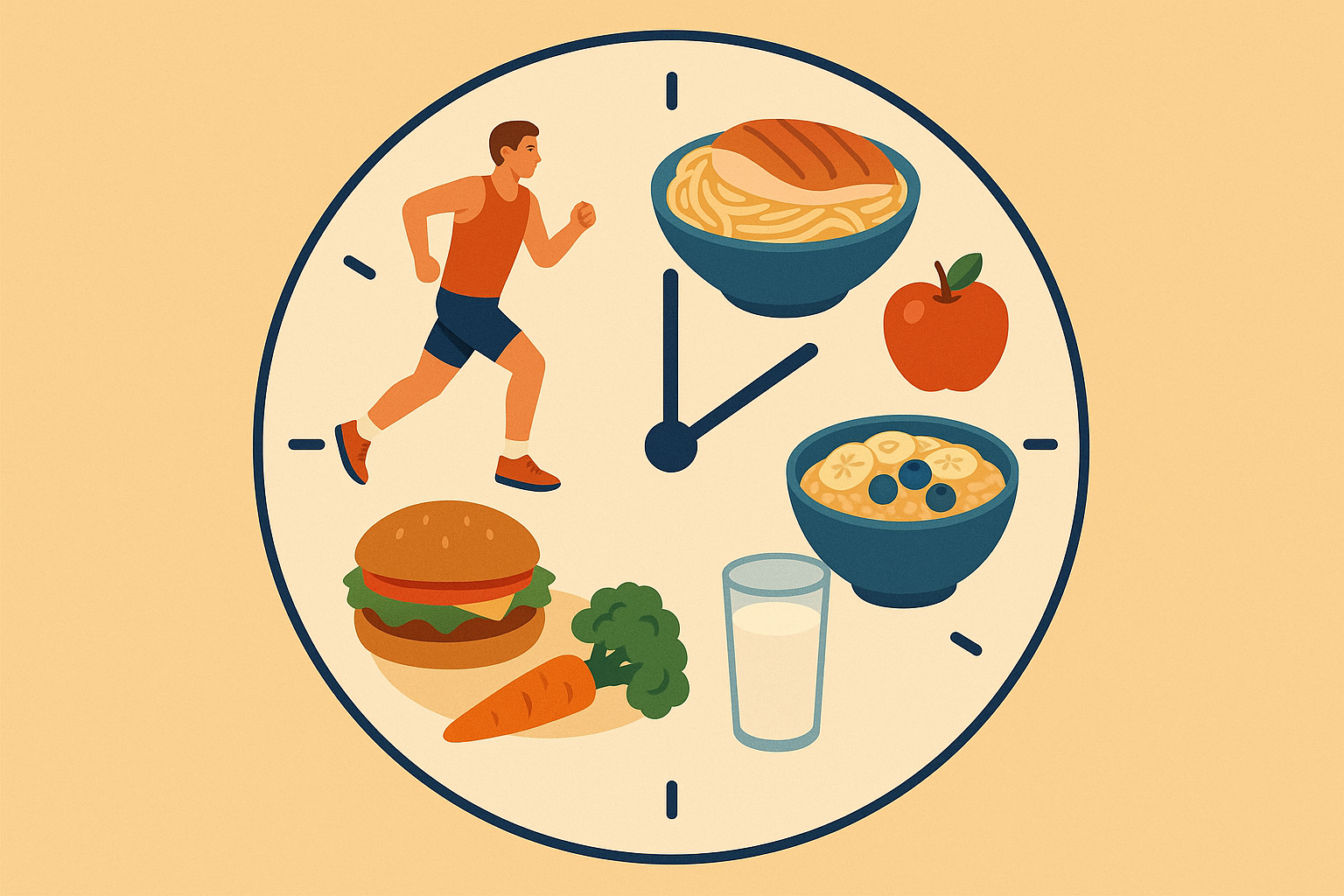
Your Body’s Hidden Nutrient Processing Schedule
Here’s where it gets interesting – understanding when your body processes different macronutrients is as crucial as learning how to find your carb tolerance for optimal athletic performance. Your ability to process different nutrients fluctuates dramatically every 24 hours, creating specific windows where certain foods basically become performance superpowers.
I know what you’re thinking – this sounds way too complicated. But once you understand these natural rhythms, it actually makes eating simpler, not harder. Your biology works exactly as it’s designed to – you just need to work with it instead of against it.
Morning Cortisol Creates Your Carb Superpower Window
That natural cortisol spike when you wake up? It’s not just there to get you out of bed. It creates a metabolic state where complex carbohydrates get processed 40% more efficiently than any other time of day. I used to think my teammate Sarah was crazy for eating her biggest carb meal at breakfast. Turns out, she was actually a genius.
The first time I tried timing my biggest carb intake during this morning window, I felt like I had superpowers. Okay, maybe I’m exaggerating a little, but seriously – my energy levels throughout the day completely transformed. Missing this opportunity means you’re literally leaving performance on the table.
Research shows that athletes following a 2,300 kcal diet with 50% carbohydrates, 25% fat and 25% protein distribution can optimize their macro timing for peak performance, as demonstrated in detailed meal planning studies from NE Nutrition Exercise.
Consider how hybrid athlete Kristi Eramo O’Connell structures her morning carb window: she consumes 35 grams of carbs from sourdough bread at breakfast (her highest-calorie 500-calorie meal), timing this with her natural cortisol peak to maximize glycogen storage before her training sessions. Smart, right?
Evening Protein Synthesis Reaches Peak Performance
Now here’s where it gets really cool – between 7-9 PM, your body enters a heightened protein synthesis phase where amino acid uptake increases by 60%. This means your largest protein intake should happen during dinner, not immediately post-workout. I know this goes against everything you’ve heard (trust me, I fought this concept for months), but the science is crystal clear.
Your muscles are primed for growth in the evening, not right after training. I used to chug protein shakes immediately after every workout, thinking I was being so smart. Meanwhile, I was eating tiny dinners and wondering why my recovery sucked.
Pre-Sleep Growth Hormone Gets a 70% Boost
This blew my mind when I first learned it – consuming specific amino acid combinations 90 minutes before sleep can increase natural growth hormone release by up to 70%. Your body does its most important repair work while you sleep, and you can dramatically enhance this process with precise nutrient timing.
I felt like a nutrition genius until I realized I’d been doing everything backwards for two years. Better late than never, right?
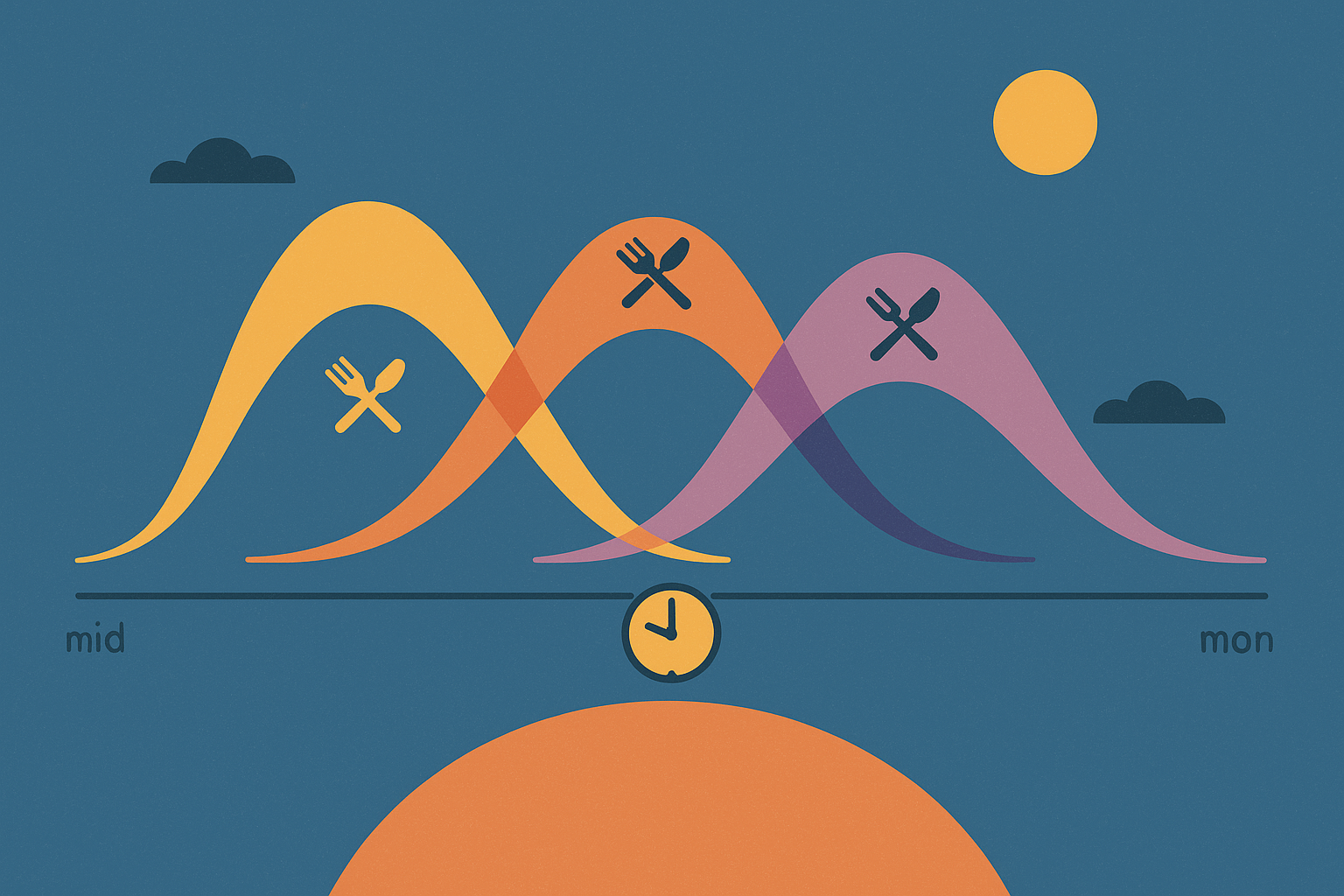
How Hormones Become Your Performance Allies
Elite athletes are discovering that meal timing can hijack natural hormonal cascades to create performance advantages that traditional nutrition completely misses. Think of it like having multiple engines working together instead of just one. Understanding these hormone patterns is what separates good athletes from great ones.
Your body produces these performance-enhancing hormones naturally – you just need to know how to amplify them through strategic eating. It’s like having cheat codes for your metabolism.
Creating Insulin-IGF-1 Power Couples
Here’s the cool part – strategic carbohydrate timing can create synchronized insulin and IGF-1 spikes that enhance muscle protein synthesis beyond what either hormone achieves alone. When these two hormones peak together, the muscle-building effect is exponentially greater.
I’ve seen athletes gain strength faster by understanding this hormonal partnership than through any supplement protocol. My coach probably got tired of me texting him about my “hormone optimization breakthroughs” at 6 AM, but hey, it works.
Thyroid Optimization Through Meal Patterns
Just as understanding 6 hormones to keep in balance is crucial for overall health, optimizing thyroid function through meal patterns becomes essential for athletic performance.
Your meal frequency and timing directly influence thyroid hormone production, with specific patterns that can increase metabolic rate by 15-20% during training phases. Your metabolism can become a performance asset instead of just a background process that you never think about.
I know tables can be boring, but this one actually changed how I eat. Here’s what I wish someone had told me three years ago:
| Meal Timing Strategy | Hormonal Target | Performance Benefit | Optimal Window |
|---|---|---|---|
| Morning Carb Loading | Cortisol + Insulin | 40% improved glycogen storage | 6-8 AM |
| Evening Protein Focus | Growth Hormone + IGF-1 | 60% enhanced protein synthesis | 7-9 PM |
| Pre-Sleep Amino Acids | Growth Hormone | 70% increased overnight recovery | 90 min before bed |
| Mid-Day Fat Timing | Thyroid Hormones | 15-20% metabolic rate boost | 12-2 PM |
Why Female Athletes Need Completely Different Strategies
Ladies, we need to talk about something the sports nutrition world has basically ignored forever. Male and female athletes have fundamentally different chronobiological patterns that require completely different meal timing strategies. Most nutrition advice is based on male physiology, leaving female athletes following protocols that work against their natural hormonal rhythms.
Your cycle isn’t working against you – it’s actually giving you a roadmap for when to eat what. I know, mind-blown, right?
Menstrual Cycle Phases Create Distinct Nutritional Windows
Female athletes must consider how their hormonal cycles affect nutrition timing, similar to how understanding ladies’ intermittent fasting requires different approaches than traditional male-focused protocols.
Each phase of the menstrual cycle creates dramatic shifts in carbohydrate tolerance, protein needs, and fat oxidation capacity. Female athletes who align their nutrition with these natural phases see remarkable improvements in energy, recovery, and performance. It’s like having a personalized nutrition calendar built right into your biology.
Recent research highlighted by sports nutrition experts shows that “high school students are notoriously under-fueled,” according to Tricia Azra from Atrium Health, with many athletes skipping breakfast and skimping on lunch, creating energy deficits that particularly impact female athletes whose hormonal fluctuations require more consistent fueling patterns.
Look, I’m not gonna lie – tracking all this stuff can feel overwhelming at first. But once you get the hang of it, it becomes second nature. Some days I still mess this up and eat a bagel at 9 PM. We’re all human.
Your Gut Bacteria Are Your Secret Performance Partners
Your gut is basically like having millions of tiny training partners living inside you. Feed them right, and they’ll help you perform better. Ignore them, and they’ll make you feel like garbage. I used to think gut health was just about avoiding stomach problems during races. Boy, was I wrong.
Your gut microbiome acts as a metabolic organ that can be trained and optimized just like your muscles. The composition and timing of meals directly influences which bacterial populations thrive, ultimately determining nutrient absorption, inflammation levels, and even neurotransmitter production that affects focus and motivation. This is the emerging frontier that’s changing everything about athlete nutrition meal plan development.

Training Your Microbiome Like You Train Your Muscles
Just as athletes focus on 5 simple ways to beat bloat and improve digestion, training your microbiome requires strategic nutritional periodization.
Just as you periodize training, you can periodize your microbiome by strategically feeding different bacterial populations during various training phases. Different bacteria serve different purposes – some enhance carbohydrate absorption, others reduce inflammation, and some even produce compounds that improve mood and motivation.
Think of it like having a pit crew for your digestive system. You want the right crew members working at the right times.
Competition Phase Microbiome Preparation
Specific prebiotic loading protocols 2-3 weeks before competition can shift gut bacteria toward populations that enhance carbohydrate absorption and reduce inflammatory cytokine production during high-stress events. You can’t change your microbiome overnight – this is like training for a marathon, not a sprint.
Athletes who plan ahead with their gut health consistently perform better under pressure. It’s one of those things that seems minor until you experience the difference firsthand.
Recovery Phase Bacterial Restoration
Post-competition protocols focus on feeding bacteria that produce short-chain fatty acids, which accelerate tissue repair and reduce systemic inflammation more effectively than traditional anti-inflammatory approaches. Your gut bacteria can literally speed up recovery if you know how to feed them properly. This natural approach often works better than expensive supplements.
Here’s what I actually do now (and what I wish I’d started with):
Microbiome Periodization Checklist:
- ☐ Begin prebiotic loading 2-3 weeks before competition
- ☐ Include fermented foods daily during base training phases
- ☐ Rotate fiber sources every 7-10 days to diversify bacterial populations
- ☐ Monitor digestive response to new bacterial feeding protocols
- ☐ Implement recovery-focused bacterial feeding immediately post-competition
- ☐ Track mood and energy changes alongside gut health modifications
The Revolutionary Science of Meal Sequencing
Stay with me here because this part is actually pretty cool – the order in which you consume different food components within a meal dramatically affects which bacterial populations receive preferential feeding. This creates cascading effects on nutrient absorption and metabolic efficiency that most athletes never consider.
It’s the sequence that can make or break your performance gains. I used to think this was overthinking it until I tried it myself.
Fiber-First Feeding Creates Optimal Gut Environment
Understanding meal sequencing is as important as knowing why fiber is so good for your health when optimizing athletic nutrition protocols.
Starting meals with specific fiber types creates a bacterial feeding hierarchy that optimizes the gut environment for maximum nutrient extraction from subsequent protein and carbohydrate intake. This simple change in eating order can increase nutrient absorption by 20-30%.
In real life, this means I eat my salad before my chicken and rice, not after. Elite athletes now structure their plates with fiber-rich vegetables first, followed by protein, then carbohydrates. It sounds simple because it is – but simple doesn’t mean ineffective.
If you only try one thing from this section, make it this: eat your vegetables first at every meal for two weeks and see how you feel.
How Your Brain Actually Controls Athletic Performance Through Food
You know that feeling when your body could keep going but your brain just says ‘nope’? Turns out, that’s usually what’s actually holding you back – not your muscles. Revolutionary research reveals that athletic performance is limited more by neural fatigue than muscular fatigue.
Strategic nutrition can optimize neurotransmitter production, enhance focus, and delay central nervous system fatigue, creating performance gains that traditional muscle-focused nutrition completely misses. Your brain is the ultimate performance limiter, and nutrition is the key to unlocking its potential.
Think of your brain on the wrong fuel like trying to run a Ferrari on regular gas. It’ll work, but you’re not getting the performance you paid for.
Timing Neurotransmitter Production for Peak Performance
By understanding the biochemical pathways that produce dopamine, serotonin, and acetylcholine, athletes can time specific amino acids and cofactors to enhance mental performance during critical training or competition windows. Mental performance follows predictable biochemical patterns that you can influence through precise nutrient timing.
Your brain chemistry isn’t random – it’s controllable. This sounds complicated, but once you get the hang of it, it becomes second nature.
Pre-Training Dopamine Optimization Protocols
Tyrosine loading 60-90 minutes before high-intensity training, combined with specific B-vitamin cofactors, can increase dopamine production by 30-40%, enhancing motivation and power output. This isn’t about artificial stimulation – it’s about providing your brain with the raw materials it needs to produce natural motivation and focus.
I’ve seen athletes break through mental barriers they didn’t even know existed. The first time I tried this protocol before a particularly brutal training session, I actually looked forward to the workout instead of dreading it.
Studies show that athletes consuming adequate calories from healthiest food sources – with males requiring 2,400-3,000 kcal and females needing 2,200-2,700 kcal daily – can better support neurotransmitter production, as documented by UW Health performance research.
Competition Day Acetylcholine Enhancement
Strategic choline intake timed with fat-soluble vitamins can dramatically improve reaction time and coordination during technical skill execution under pressure. When your nervous system is firing optimally, complex movements become more fluid and automatic. This is especially crucial for sports requiring precision and split-second decision-making.
Now here’s what this actually looks like in practice:
Neurotransmitter Optimization Template:
Pre-Training (60-90 minutes before):
- Tyrosine: 500-1000mg
- B-Complex vitamins
- Simple carbohydrates for transport
Competition Day (2-3 hours before):
- Choline: 250-500mg
- Fat-soluble vitamins (A,D,E,K)
- Medium-chain triglycerides
Recovery Phase (within 30 minutes post):
- Tryptophan: 500mg
- Complex carbohydrates
- Magnesium for relaxation
Manipulating the Blood-Brain Barrier for Performance
Certain nutrients can temporarily modify blood-brain barrier permeability, allowing performance-enhancing compounds to reach the brain more effectively during critical performance windows. Your brain has natural protective mechanisms that can sometimes work against performance. Understanding how to work with these mechanisms can create significant advantages.
I know what you’re thinking – this sounds like something out of a sci-fi movie. But it’s actually happening in your body all the time, whether you’re aware of it or not.
Managing Tryptophan Competition for Endurance
By manipulating the ratio of tryptophan to other large amino acids, athletes can prevent serotonin-induced fatigue during endurance events while maintaining optimal mood and pain tolerance. This delicate balance is crucial for long-duration activities where mental fatigue often determines the outcome.
Getting this ratio right can extend your mental endurance significantly. I used to hit a mental wall around hour two of long training sessions. Now I understand it wasn’t just physical – my brain was literally running out of the right fuel.
Ketone-Enhanced Cognitive Performance During Glycogen Depletion
Advanced athletes understand that cognitive performance during glycogen depletion requires alternative fuel strategies, much like how understanding mental fitness becomes crucial for sustained athletic performance.
Strategic exogenous ketone timing can provide the brain with an alternative fuel source that enhances cognitive function and decision-making during glycogen-depleted states. When your muscles run low on fuel, your brain doesn’t have to suffer. This backup fuel system can maintain mental sharpness when competitors are mentally fading.
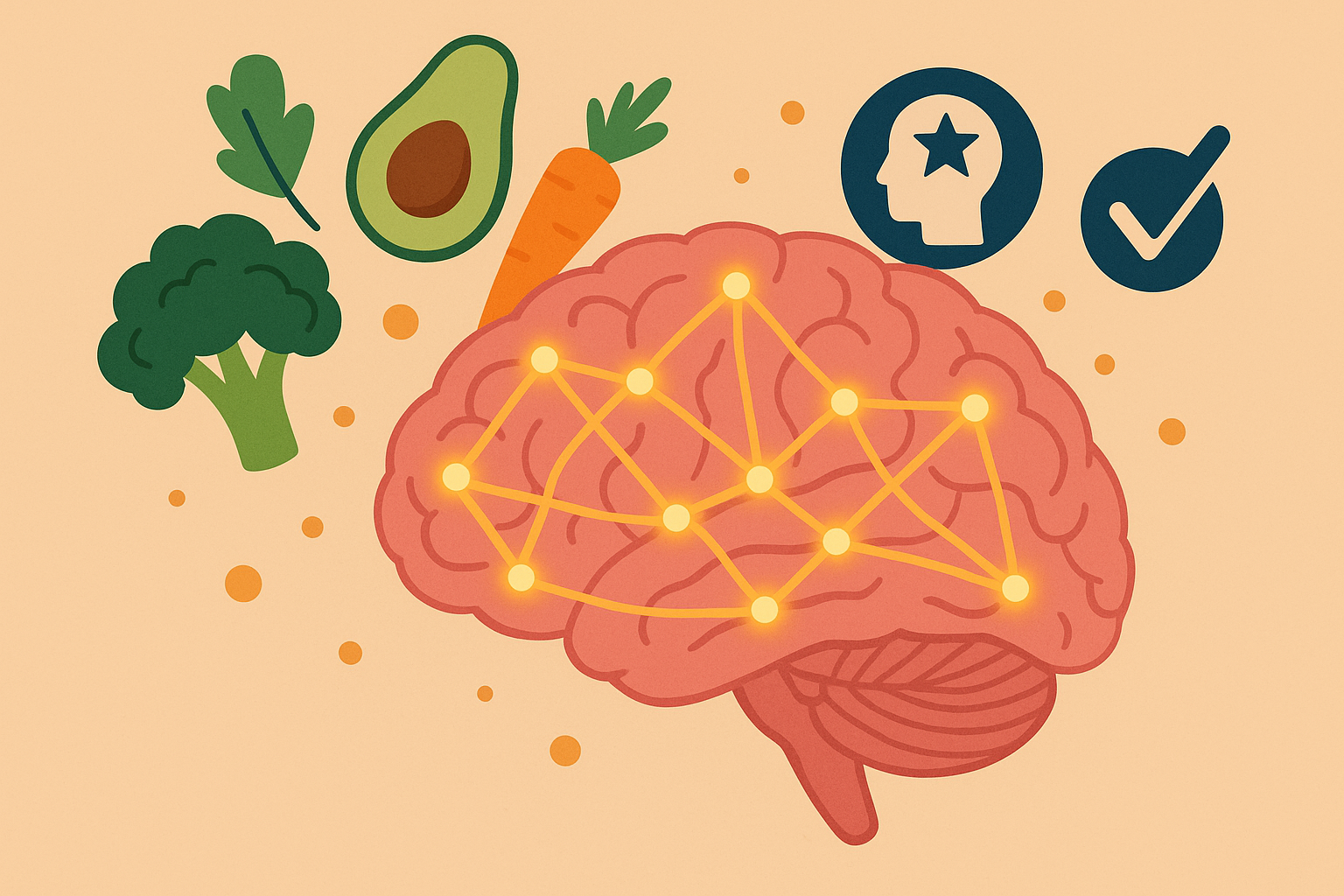
Modern athletes are increasingly recognizing the importance of brain-focused nutrition, as evidenced by recent reports showing that hybrid athlete Kristi Eramo O’Connell specifically times her pre-workout nutrition to avoid feeling “exhausted or weighed down” during training, demonstrating how elite athletes prioritize cognitive performance alongside physical fueling.
If you only try one thing from this section, make it this: pay attention to how different foods affect your mental clarity and motivation, not just your physical energy.
Training Your Body for Extreme Environments Through Strategic Eating
Ever tried to perform your best when it’s 95 degrees and humid? Or gasping for air at altitude? Yeah, your nutrition needs to change too. Here’s what I learned the hard way after my first high-altitude competition was a complete disaster because I thought hydration was enough. Spoiler alert: it wasn’t.
Elite athletes increasingly compete in varying environmental conditions, from altitude to extreme temperatures. Advanced meal planning now incorporates environmental stressors as variables that require specific nutritional adaptations to maintain performance advantages.
Your nutrition strategy should change based on where and when you’re competing, not just what sport you’re playing. I used to think this was overthinking it until I experienced the difference firsthand.
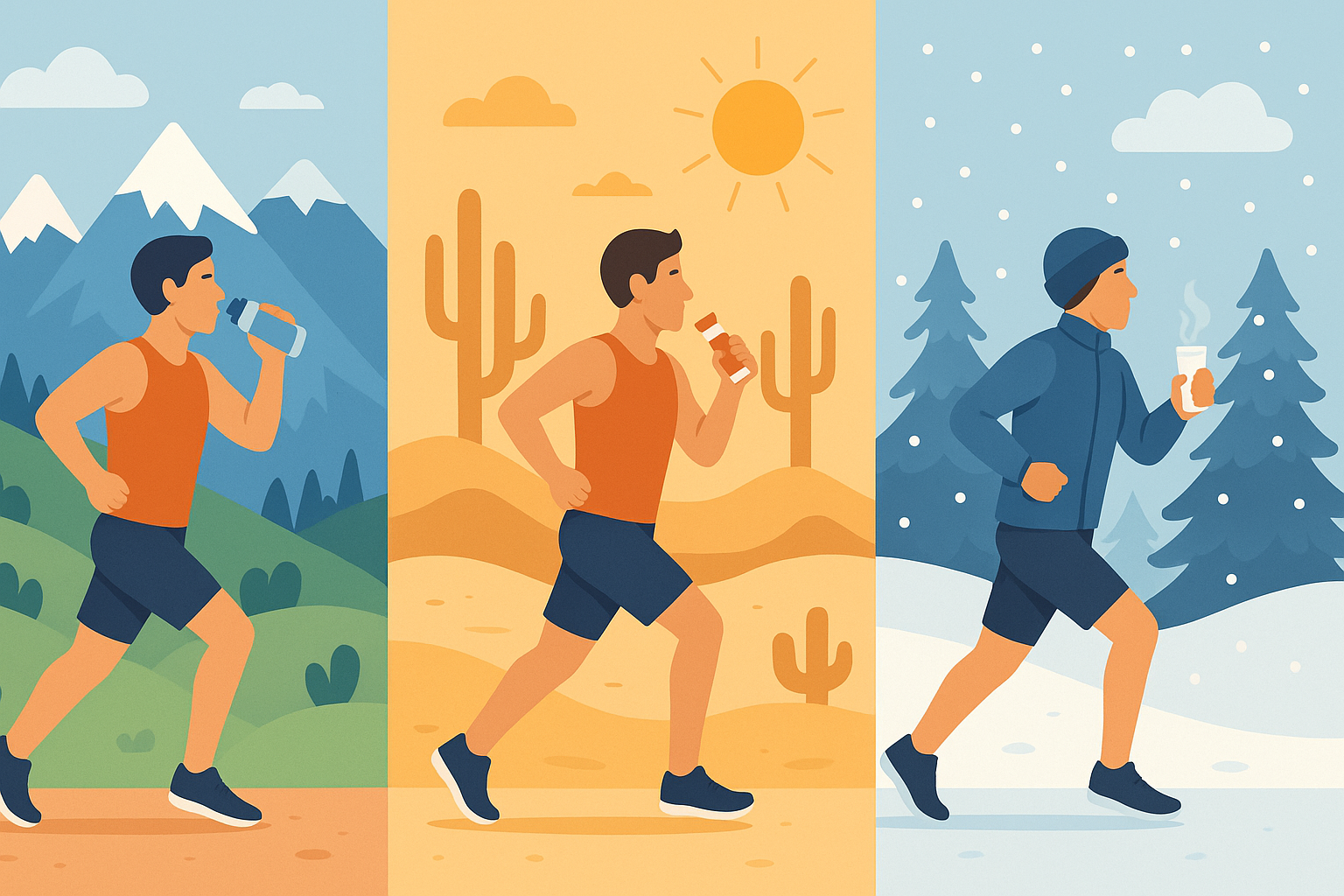
Altitude-Specific Metabolic Adaptations
High-altitude environments create unique metabolic demands that require pre-adaptation nutrition strategies, fundamentally different from sea-level meal planning approaches. Altitude affects everything from oxygen utilization to nutrient absorption – it’s not just about breathing harder.
Athletes who prepare nutritionally for altitude changes maintain performance while others struggle with the transition. It’s like the difference between showing up prepared versus winging it and hoping for the best.
Getting Your Body Ready for Thin Air (Because Nobody Wants to Feel Like They’re Breathing Through a Straw)
Specific nutrient combinations can enhance mitochondrial efficiency and oxygen utilization before altitude exposure, reducing the typical performance decline associated with elevation changes. Your cells can be trained to work more efficiently with less oxygen, but this adaptation requires specific nutritional support.
Starting this process weeks before altitude exposure is crucial for success. Don’t try to figure this out the day you arrive at 8,000 feet – trust me on this one.
Okay, I know tables can be a bit dry, but this one saved my butt more than once:
| Environmental Challenge | Nutritional Adaptation | Key Nutrients | Implementation Timeline |
|---|---|---|---|
| High Altitude (>8,000ft) | Enhanced oxygen utilization | Iron, B-vitamins, Antioxidants | 3-4 weeks pre-exposure |
| Extreme Heat (>85°F) | Cellular protection protocols | Electrolytes, Heat shock proteins | 2-3 weeks pre-competition |
| Cold Conditions (<40°F) | Metabolic rate optimization | Healthy fats, Thermogenic compounds | 1-2 weeks pre-exposure |
| High Humidity (>80%) | Enhanced sweat efficiency | Sodium, Potassium, Magnesium | 10-14 days pre-event |
Heat Stress Nutritional Countermeasures
Extreme heat creates cascading physiological changes that can be partially offset through strategic nutrition, maintaining performance when competitors succumb to thermal stress. Heat affects more than just hydration – it changes how your body processes nutrients and manages cellular stress.
Proper nutritional preparation can provide significant advantages in hot conditions. It’s like having air conditioning for your cells.
Cellular Heat Shock Protein Activation
Understanding cellular protection mechanisms is as important as knowing how to boost immune system function when preparing for extreme environmental challenges.
Certain compounds can upregulate heat shock proteins through nutrition, providing cellular protection that maintains performance in extreme temperature conditions. Your cells have natural protective mechanisms against heat stress, and you can enhance these through strategic nutrition.
This cellular protection can mean the difference between maintaining performance and suffering heat-related decline. I’ve seen athletes completely fall apart in the heat while others seemed barely affected – now I know why.
Athletes need to consume a minimum of 16 ounces of fluid for every pound of weight lost during training, with proper hydration requiring two cups of fluid prior to training and four to six ounces every 15 minutes during exercise, according to UW Health hydration guidelines.
Professional athletes competing in hot climates now implement heat adaptation protocols similar to O’Connell’s approach – she maintains her 2,050 daily calories while adjusting meal timing and composition based on training conditions, ensuring her metabolism stays optimized regardless of environmental stress.
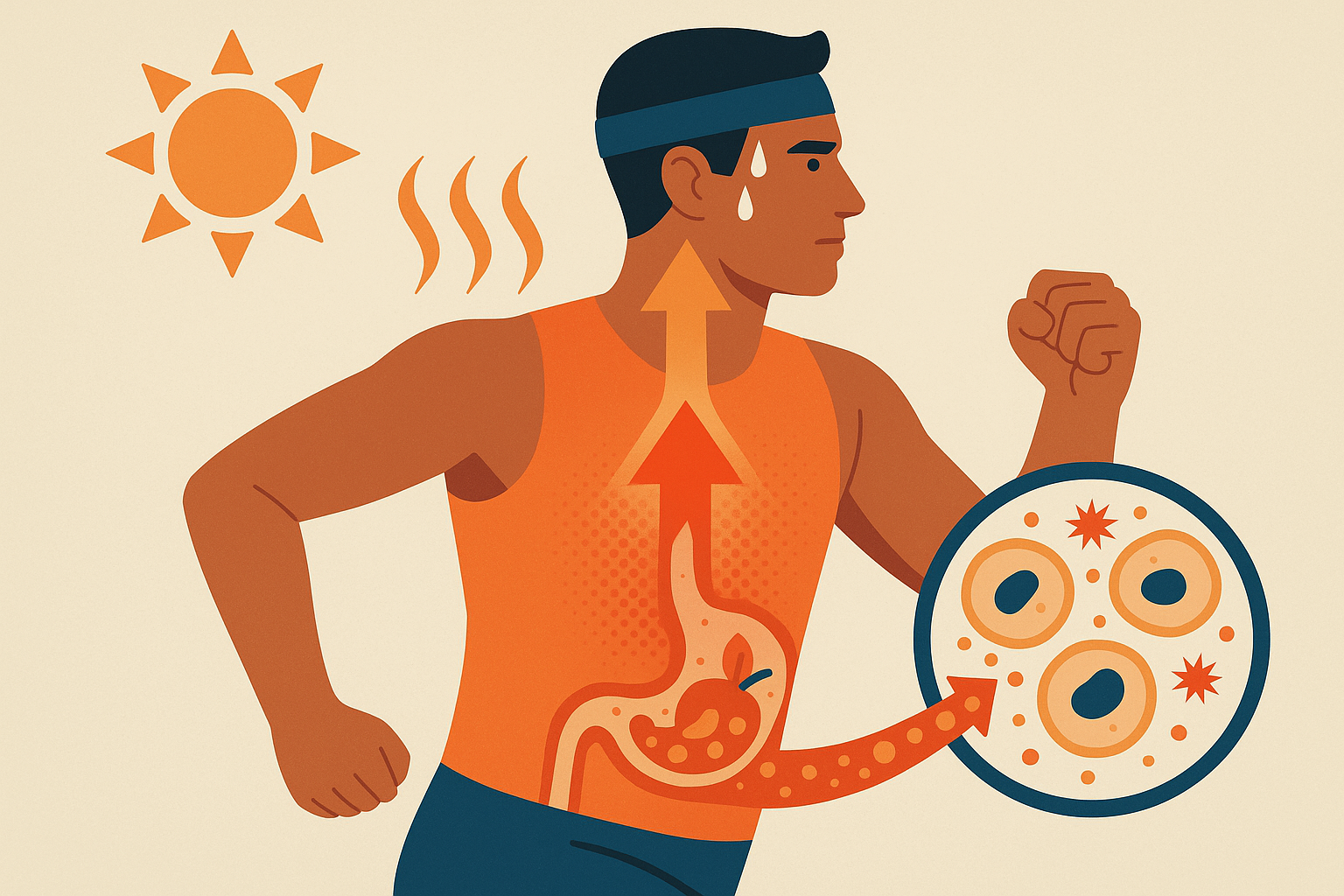
Here’s what I actually do now when I know I’ll be competing in challenging environments:
Environmental Adaptation Checklist:
- ☐ Assess competition environment 4-6 weeks in advance
- ☐ Implement altitude-specific iron loading protocols if competing above 8,000ft
- ☐ Begin heat shock protein activation 2-3 weeks before hot climate competition
- ☐ Adjust hydration protocols based on expected humidity levels
- ☐ Test all environmental nutrition strategies during training sessions
- ☐ Create backup nutrition plans for unexpected weather changes
- ☐ Monitor biomarkers (iron status, hydration levels) throughout adaptation phase
Don’t try to change everything at once – I made that mistake and it sucked. Start small, see what works for YOUR body, and build from there.
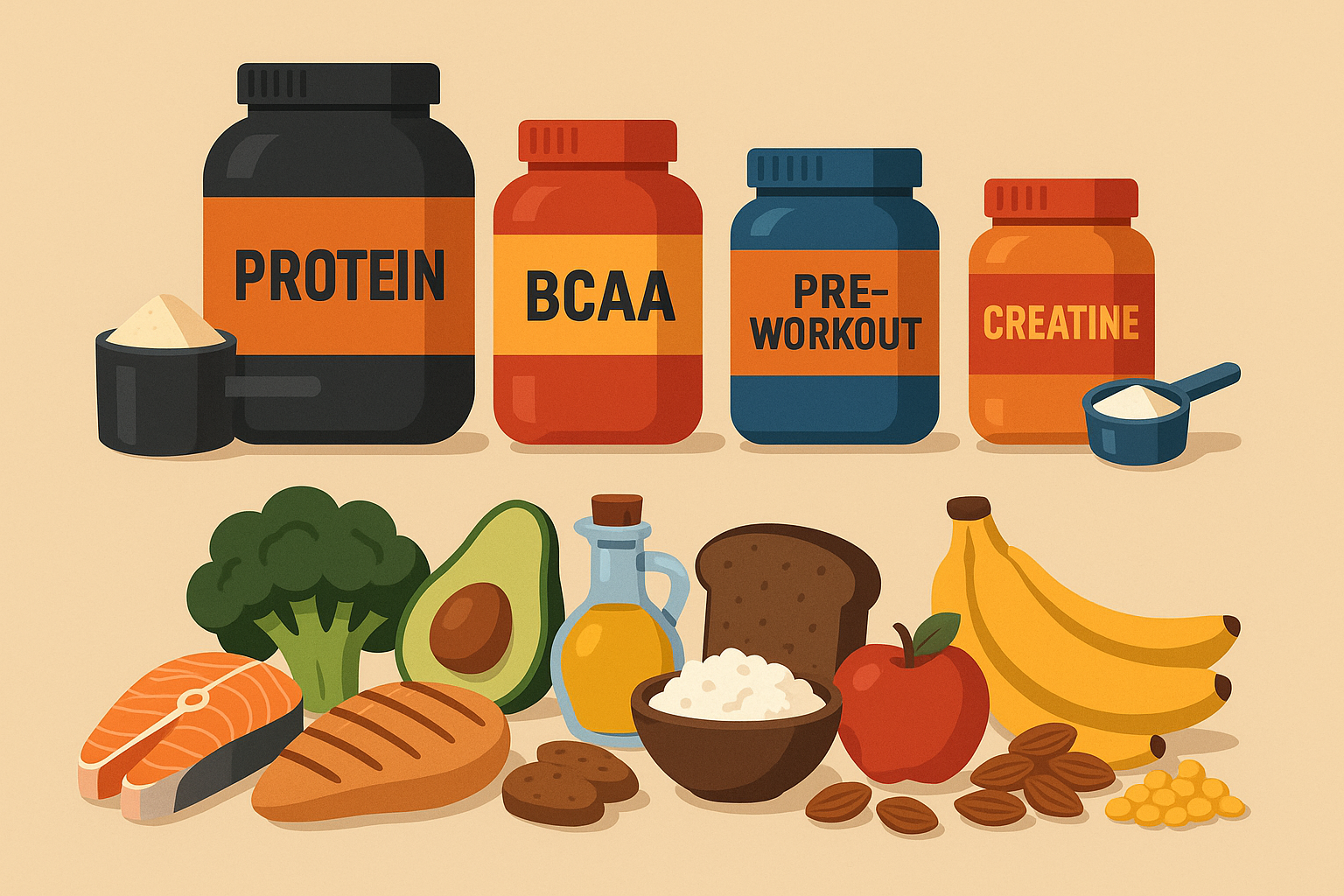
Final Thoughts
Look, I’m still learning this stuff too. I spent years thinking that athlete meal planning was just about hitting macro targets and eating at the right times around workouts. Some days I nail it, some days I eat pizza at midnight and call it “carb loading.” But when I do follow these principles, the difference in how I feel and perform is honestly pretty incredible.
What I’ve discovered is that we’ve been missing the bigger picture entirely. Your body operates on complex biological rhythms that create windows of opportunity for performance enhancement that most athletes never tap into. The athletes who are winning at the highest levels aren’t just training harder or eating more – they’re eating smarter.
They understand that their gut bacteria are performance partners, that their brain chemistry can be optimized through nutrition, and that environmental conditions require specific nutritional adaptations. It’s not magic – it’s just working with your biology instead of against it.
What excites me most is that this approach requires the highest quality, clean ingredients to be effective. The sophisticated timing and biological optimization strategies I’ve outlined here depend on nutrients that are bioavailable and free from synthetic additives that could disrupt delicate hormonal and bacterial balance, much like choosing 3 dietary supplements you should take daily requires careful consideration of quality and timing.
This is where Organic Authority’s commitment to clean, effective products becomes crucial. The advanced nutritional strategies we’ve explored require supplements and ingredients that meet the highest standards for purity and efficacy. When you’re trying to optimize circadian rhythms, support beneficial gut bacteria, or enhance neurotransmitter production, the quality of your ingredients isn’t just important – it’s performance-critical.
Ready to take your athlete meal plan beyond basic macros? Start by tracking your natural energy patterns for two weeks, then begin implementing the circadian timing strategies that align with your individual rhythms. Start with one thing that resonates with you, and build from there. Remember, even elite athletes are still figuring this stuff out.
Your performance breakthrough might be just a matter of better timing. Your future self will thank you.


